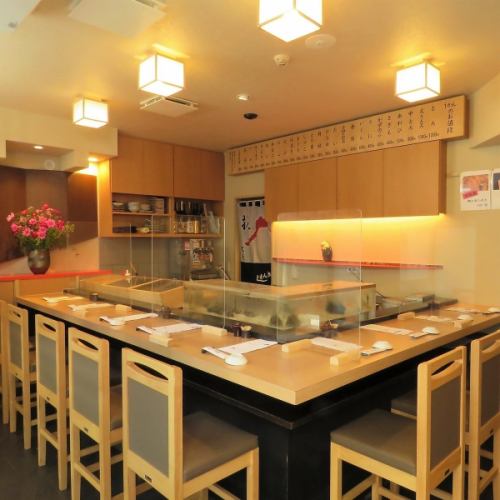Recommended sushi restaurants in Ehime, Japan
-

Isami Sushi Hokusai
Sushi restaurant in Ehime [SUSHILIVE comment] -


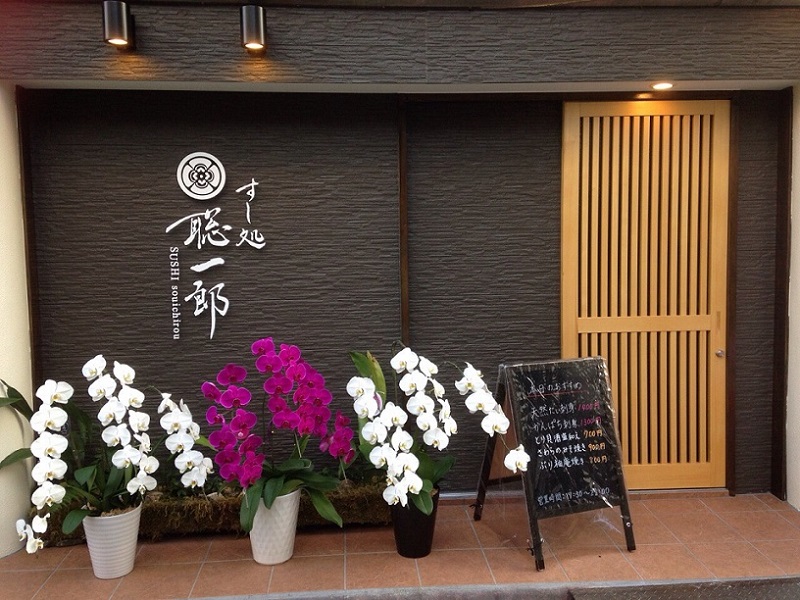
Soichiro Sushi Restaurant
Sushi restaurant in Ehime [SUSHILIVE comment] -



Muzue Kurarazushi Matsuyama Edamatsu
Sushi restaurant in Ehime [SUSHILIVE comment] -


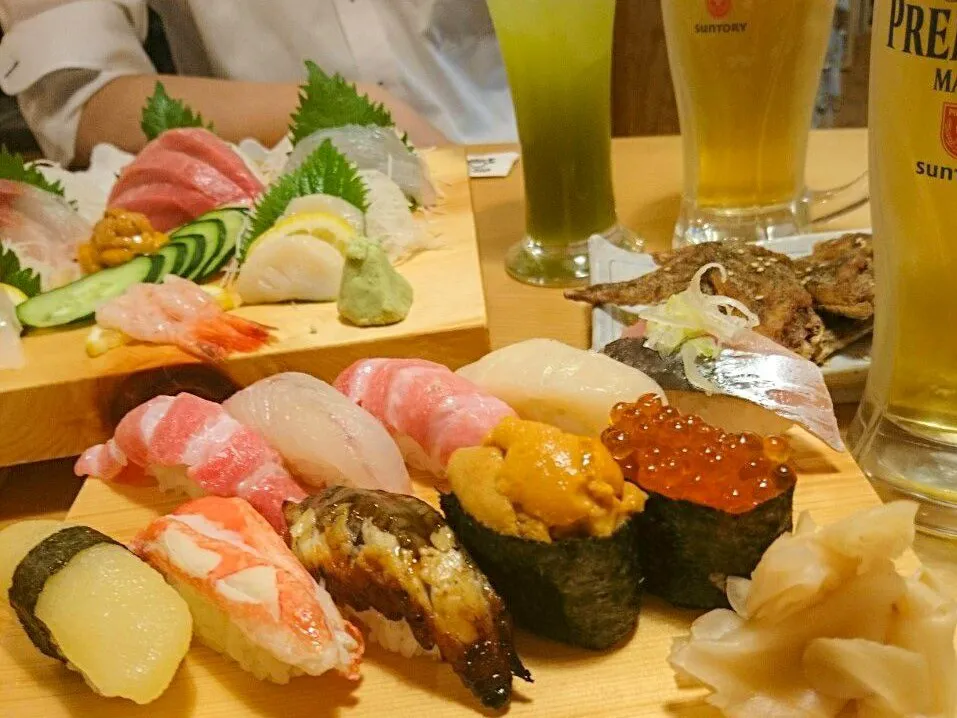
Sushi Izakaya Yadai-zushi, Ekimae-cho, Matsuyama City
Sushi restaurant in Ehime [SUSHILIVE comment] -


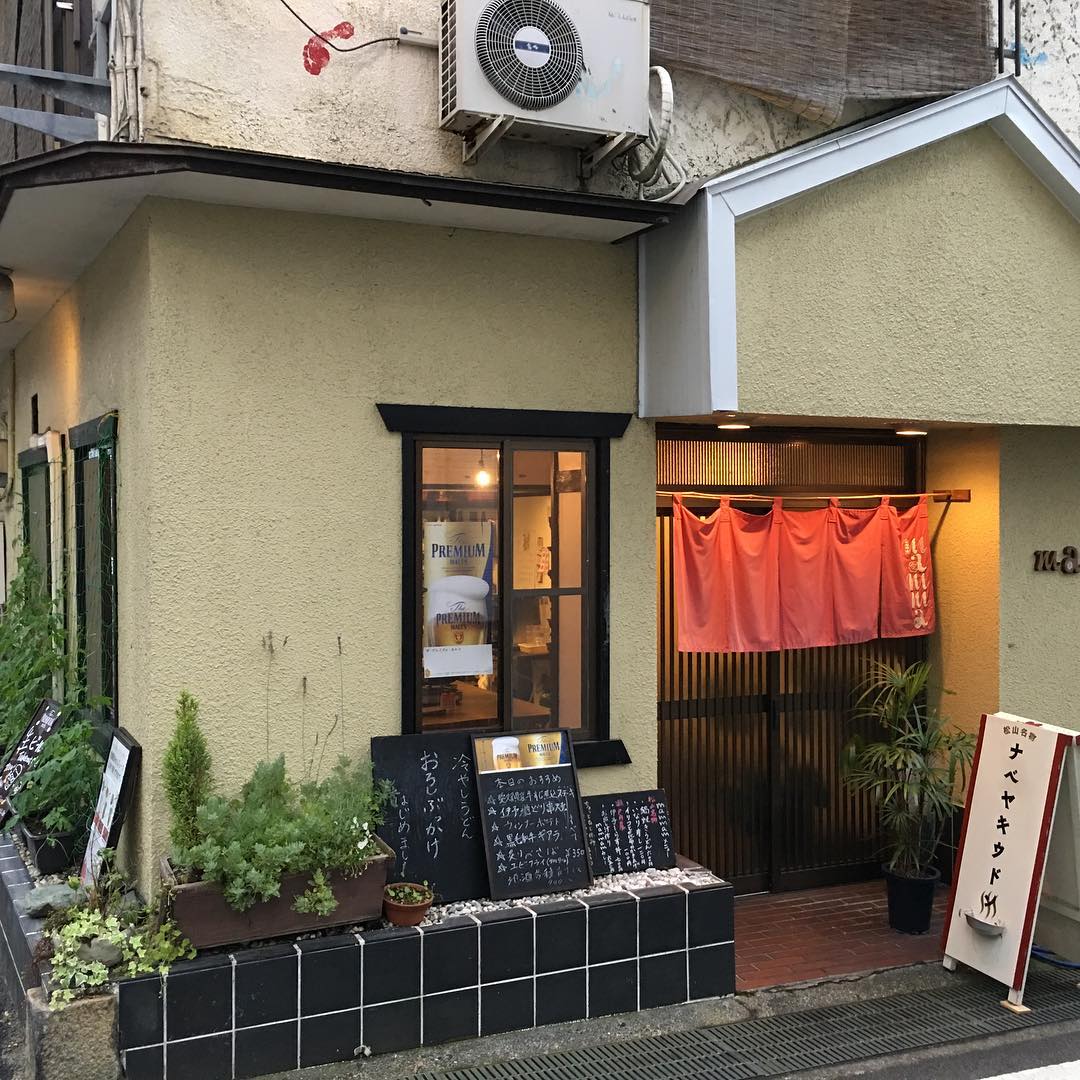
MAMMAM
Sushi restaurant in Ehime [SUSHILIVE comment] -


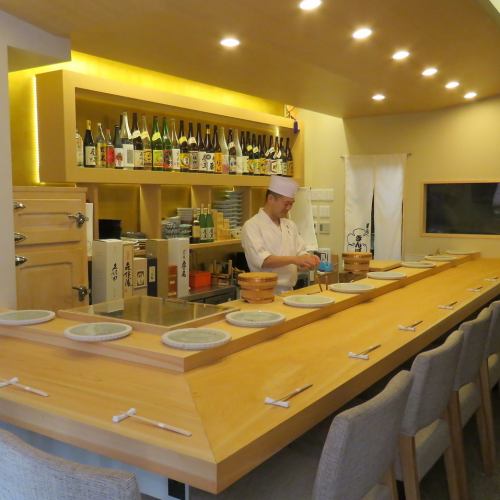
Sushi Kinboshi
Sushi restaurant in Ehime [SUSHILIVE comment] -


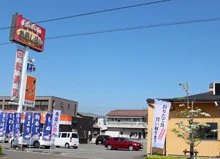
O-Sushi Street, Furukawa Main Store
Sushi restaurant in Ehime [SUSHILIVE comment] -


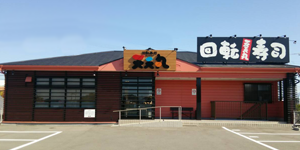
Tentenmaru Shigenobu Branch
Sushi restaurant in Ehime [SUSHILIVE comment] -


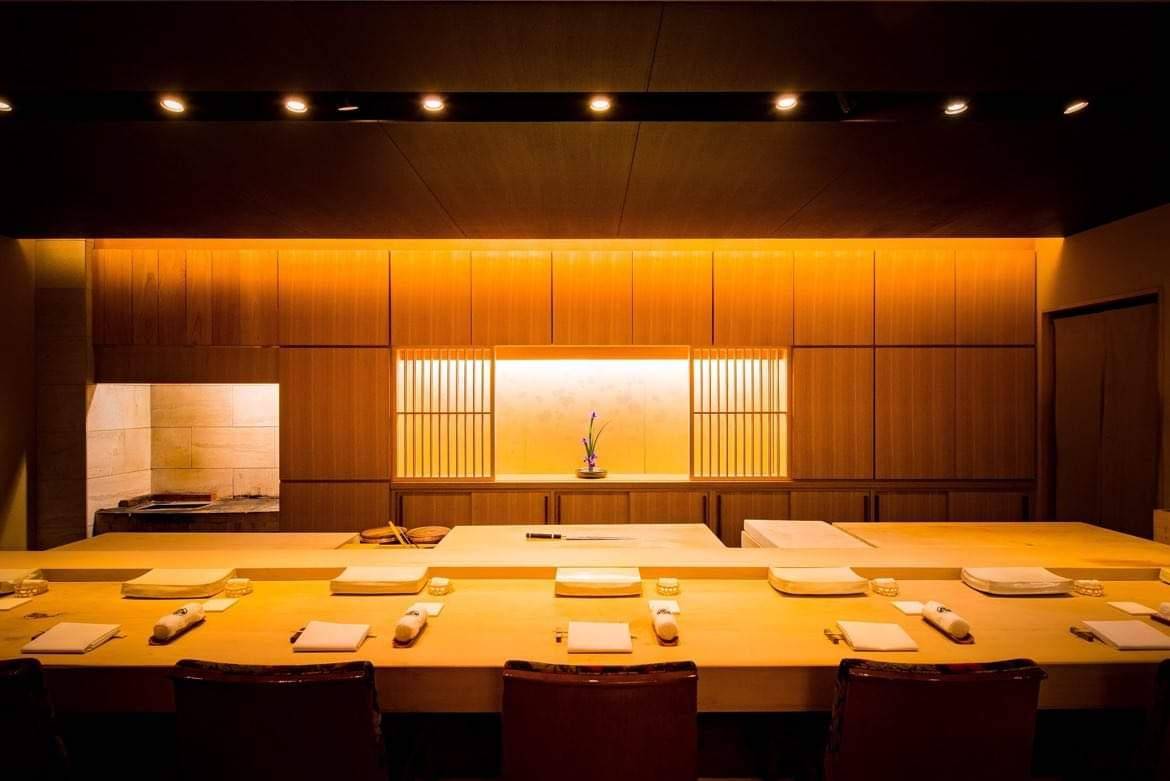
Sushi Ino
Sushi restaurant in Ehime [SUSHILIVE comment] -


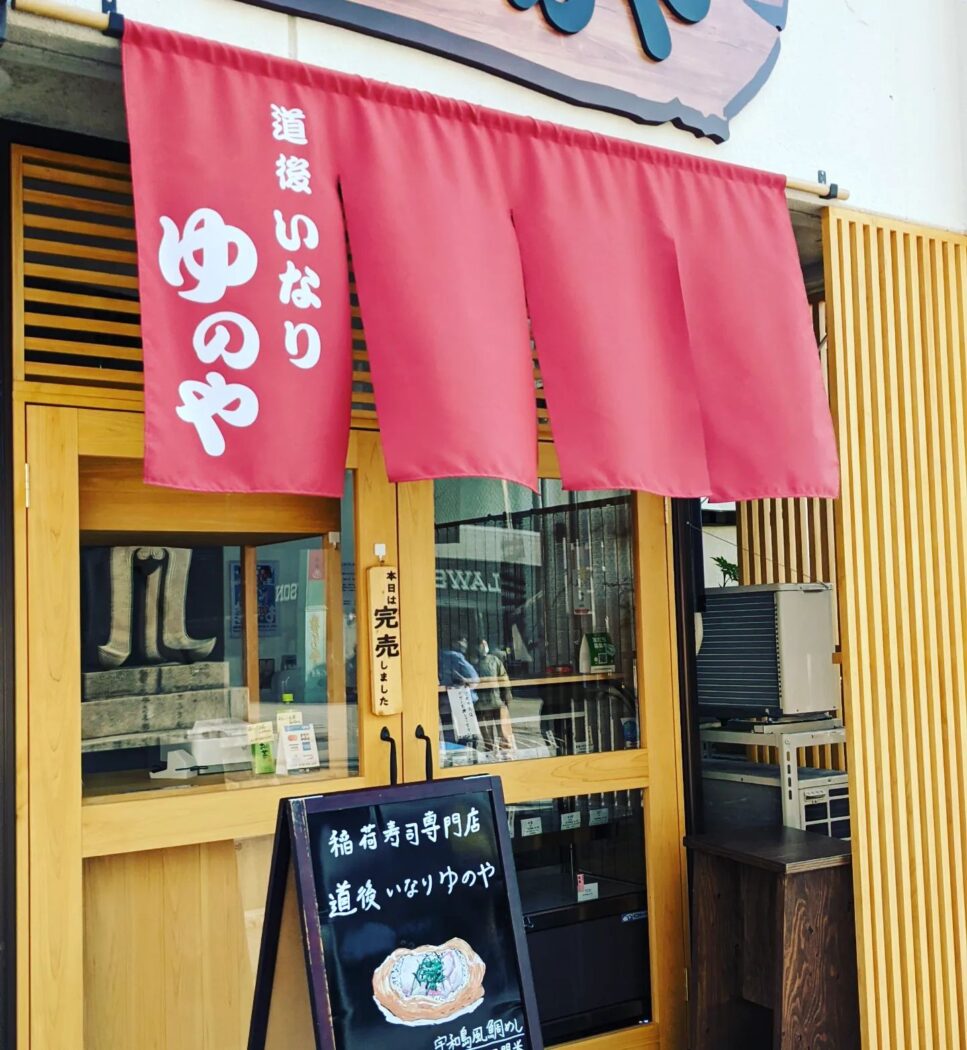
Dogo Inari Yunoya
Sushi restaurant in Ehime [SUSHILIVE comment] -


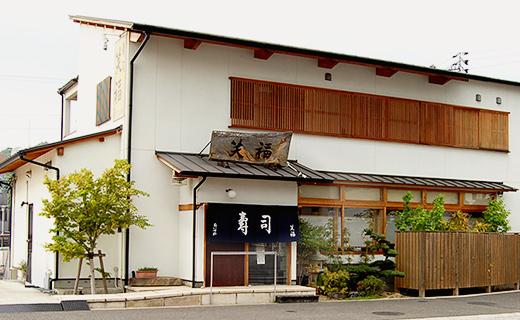
Shofuku
Sushi restaurant in Ehime [SUSHILIVE comment] -


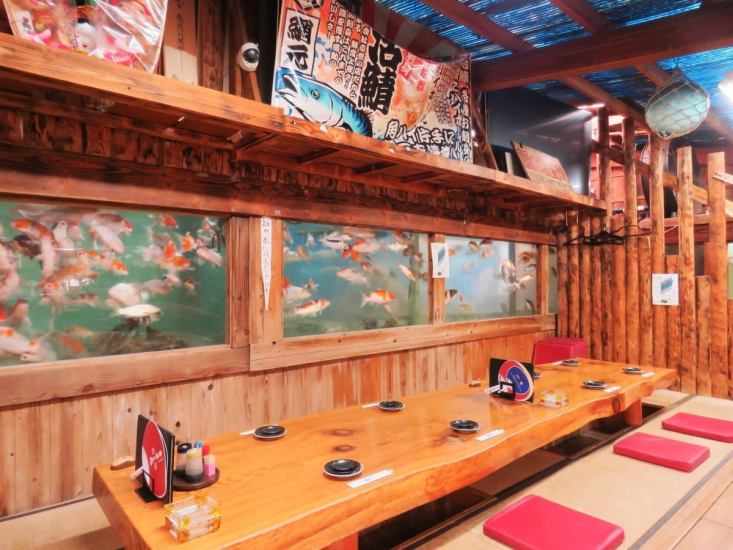
Izakaya.com
Sushi restaurant in Ehime [SUSHILIVE comment] -


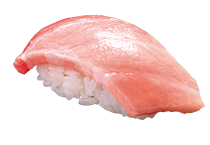
Hamazushi Matsuyama Takako
Sushi restaurant in Ehime [SUSHILIVE comment] -


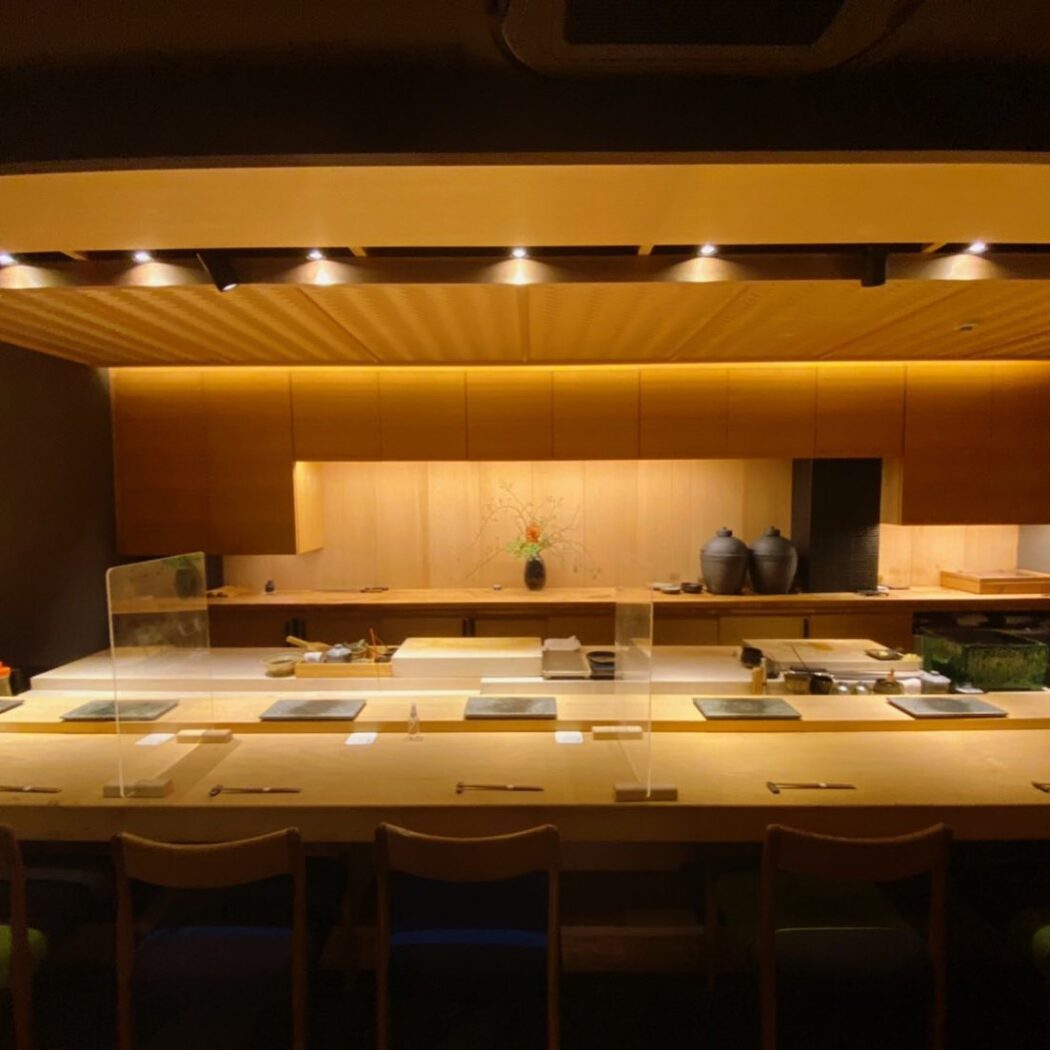
Sushi Kawanaka
Sushi restaurant in Ehime [SUSHILIVE comment] -


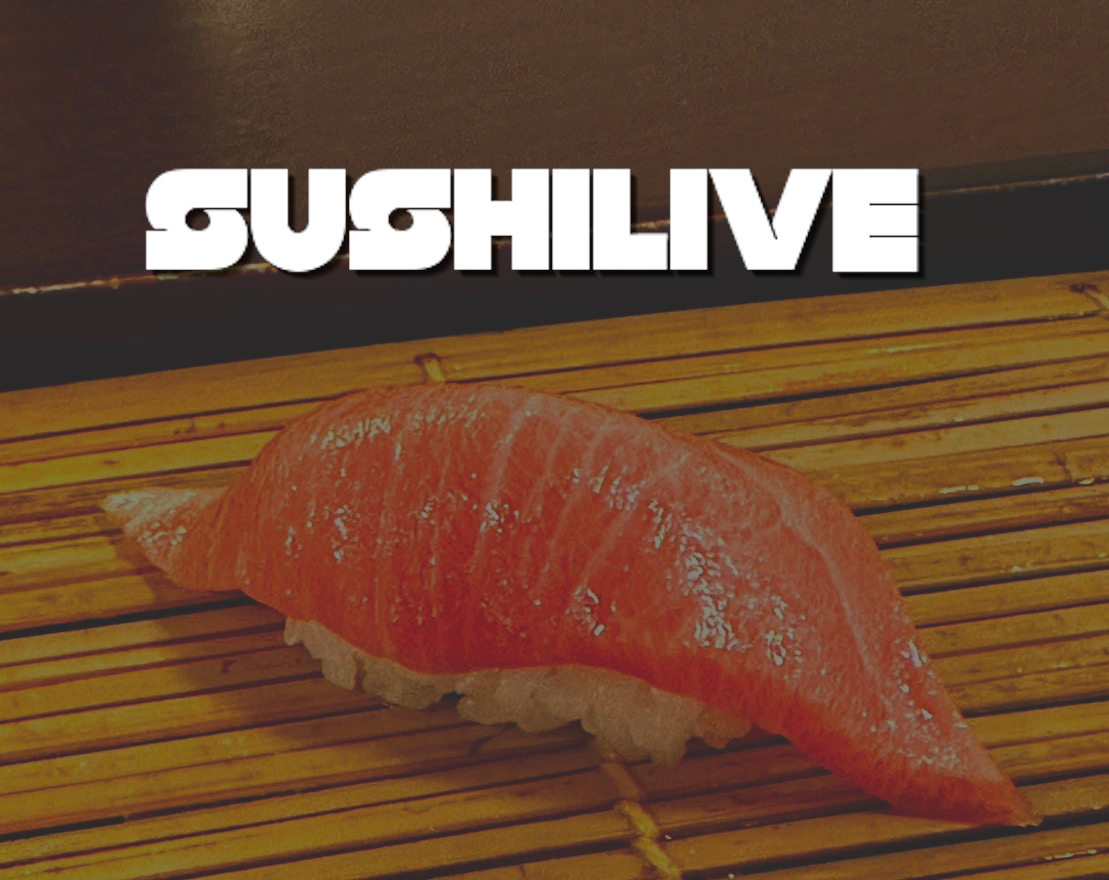
Kotobuki Ninomiya
Sushi restaurant in Ehime [SUSHILIVE comment] -


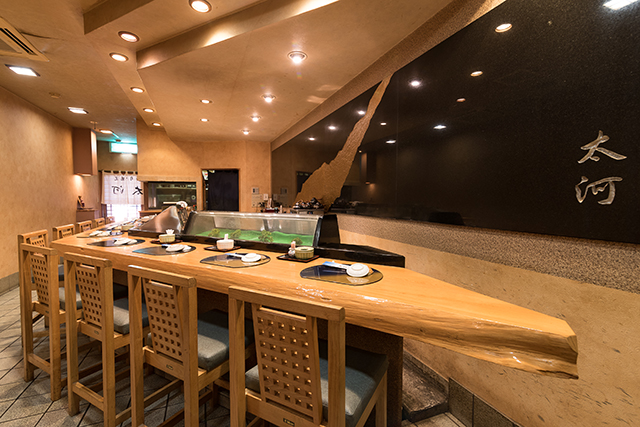
Sushi & Kappou Taiga
Sushi restaurant in Ehime [SUSHILIVE comment] -



Kakiya
Sushi restaurant in Ehime [SUSHILIVE comment] -


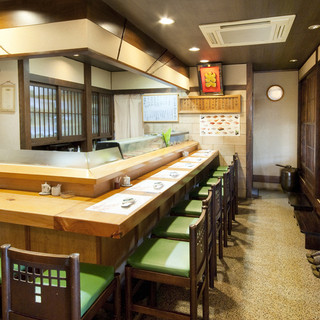
Sushi Restaurant Family
Sushi restaurant in Ehime [SUSHILIVE comment] -


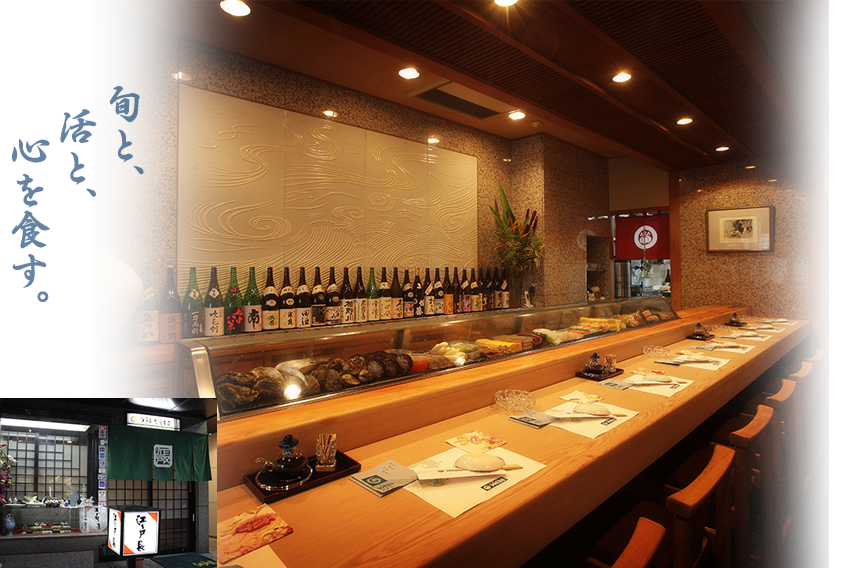
Edocho-zushi Honten
Sushi restaurant in Ehime [SUSHILIVE comment] -



what kind of sushi?
Sushi restaurant in Ehime [SUSHILIVE comment] -



Fish Market Teppen Sushi
Sushi restaurant in Ehime [SUSHILIVE comment] -



Sushi Haru
Sushi restaurant in Ehime [SUSHILIVE comment] -


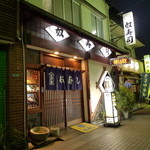
type of sushi with vinegared fish and rice lightly pressed overnight
Sushi restaurant in Ehime [SUSHILIVE comment] -


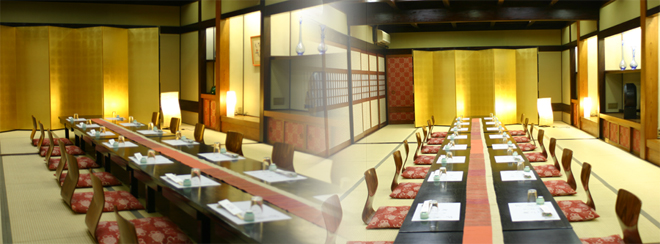
Sushimaru Honten
Sushi restaurant in Ehime [SUSHILIVE comment] -


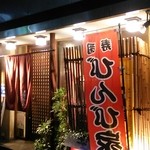
Binbiya Bekkan
Sushi restaurant in Ehime [SUSHILIVE comment] -


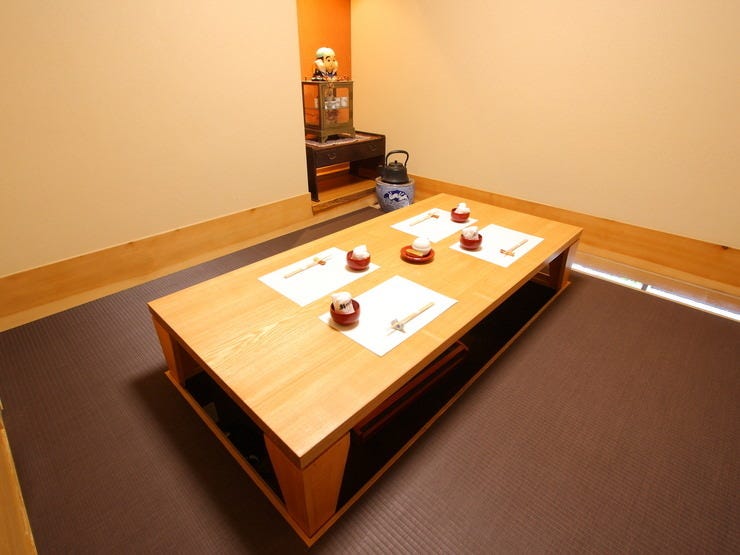
room for sushi
Sushi restaurant in Ehime [SUSHILIVE comment] -



one mind
Sushi restaurant in Ehime [SUSHILIVE comment] -


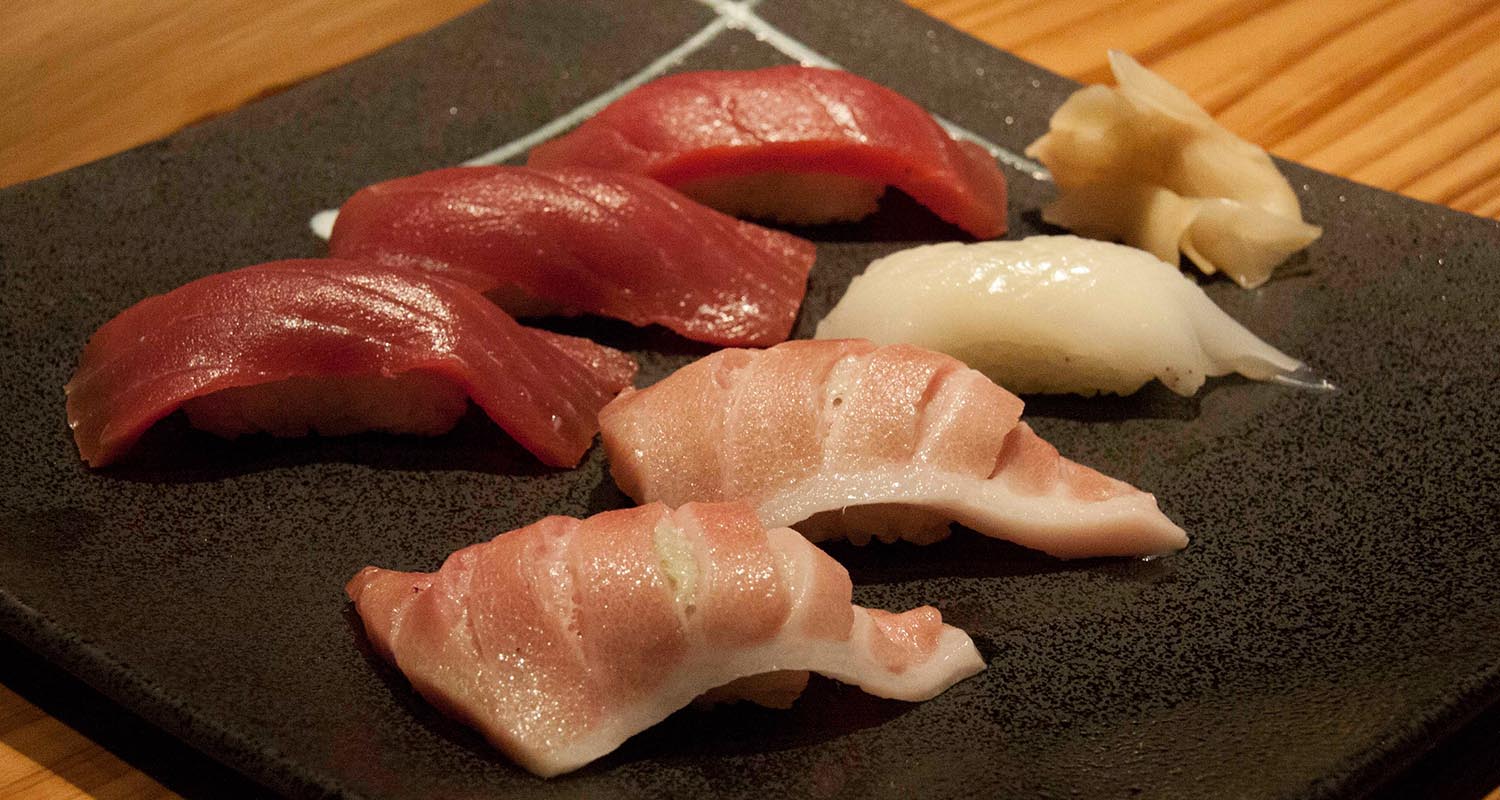
Sushi Kaiseki Takara
Sushi restaurant in Ehime [SUSHILIVE comment] -



Taisuke Sushi
Sushi restaurant in Ehime [SUSHILIVE comment] -



"second son" sushi
Sushi restaurant in Ehime [SUSHILIVE comment]
Recommended conveyor belt sushi restaurants in Ehime, Japan
-


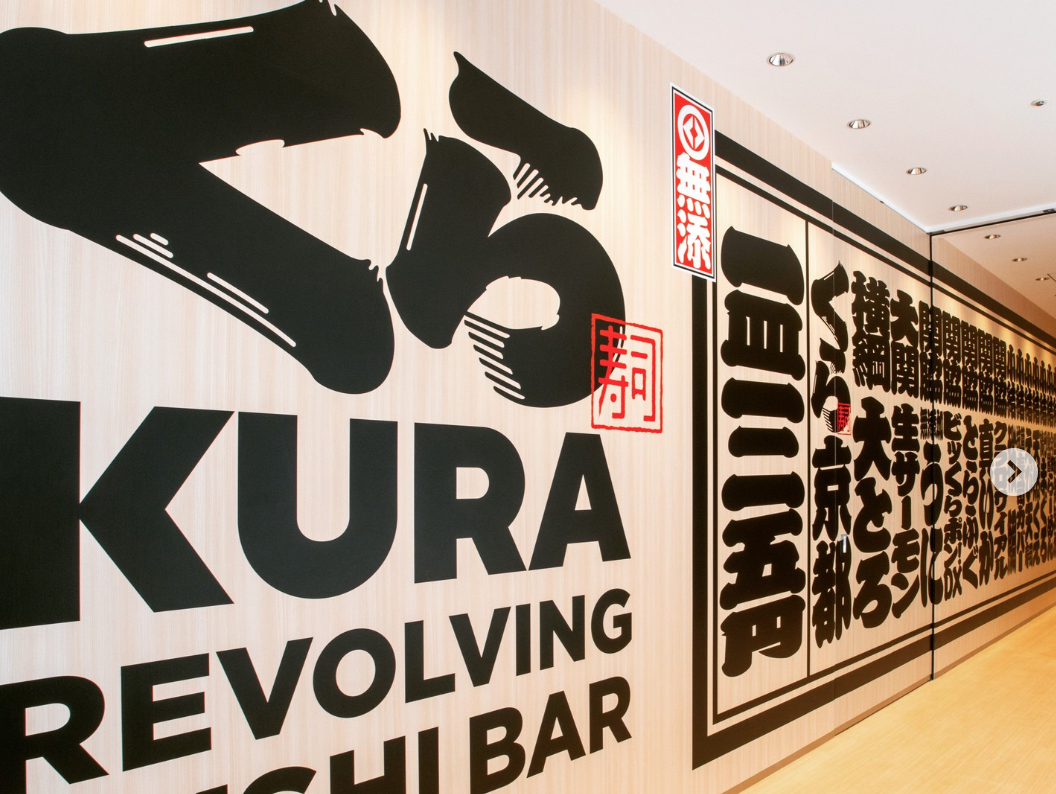
Kura Sushi Matsuyama Edamatsu Store
Sushi restaurant in Ehime [SUSHILIVE comment] -


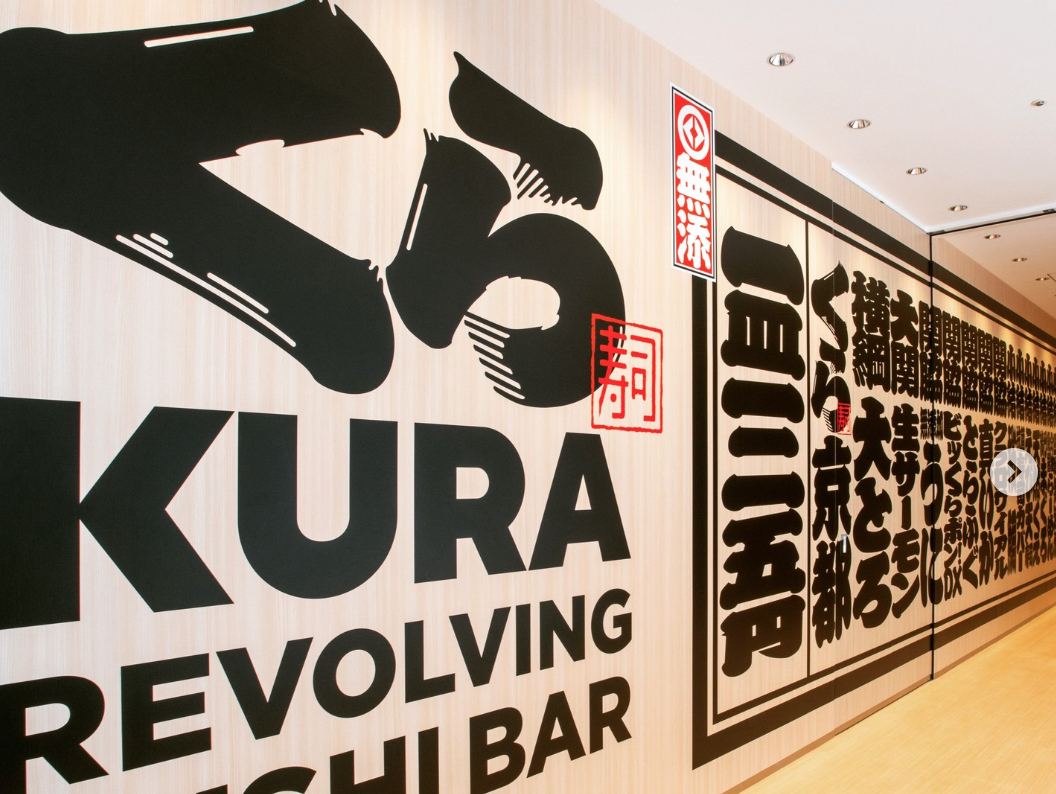
Kura Sushi Iyo Saijo Store
Sushi restaurant in Ehime [SUSHILIVE comment] -


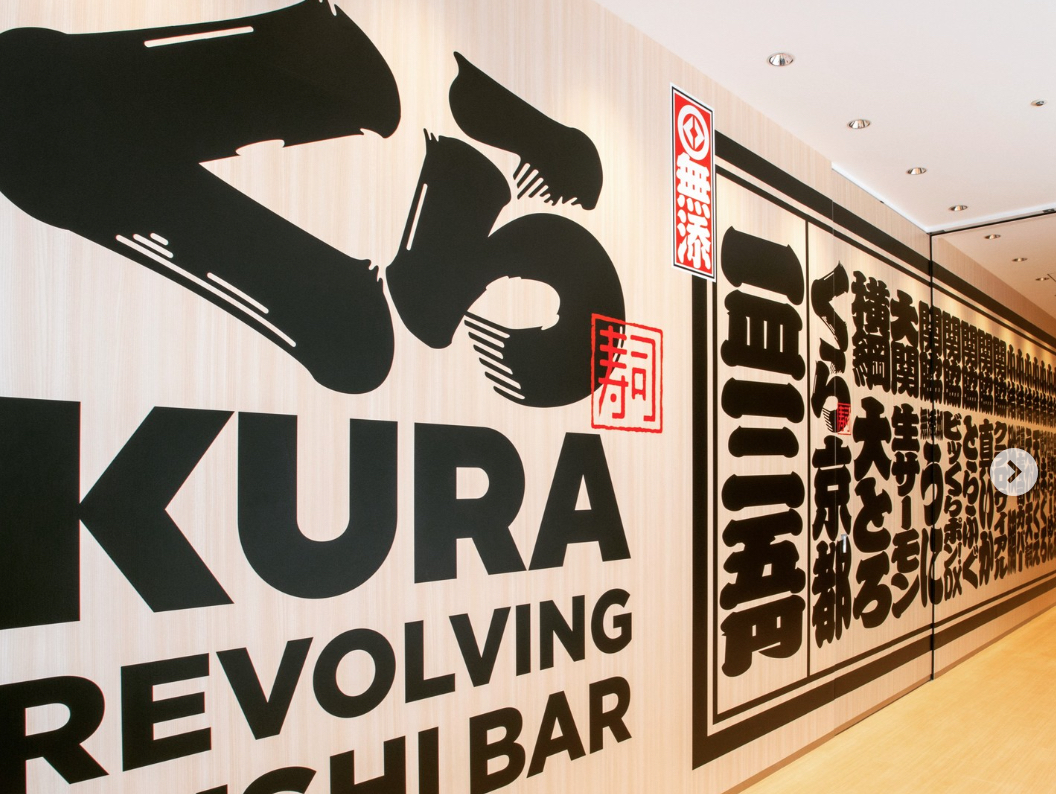
Kura Sushi Iyo Matsumae Store
Sushi restaurant in Ehime [SUSHILIVE comment] -


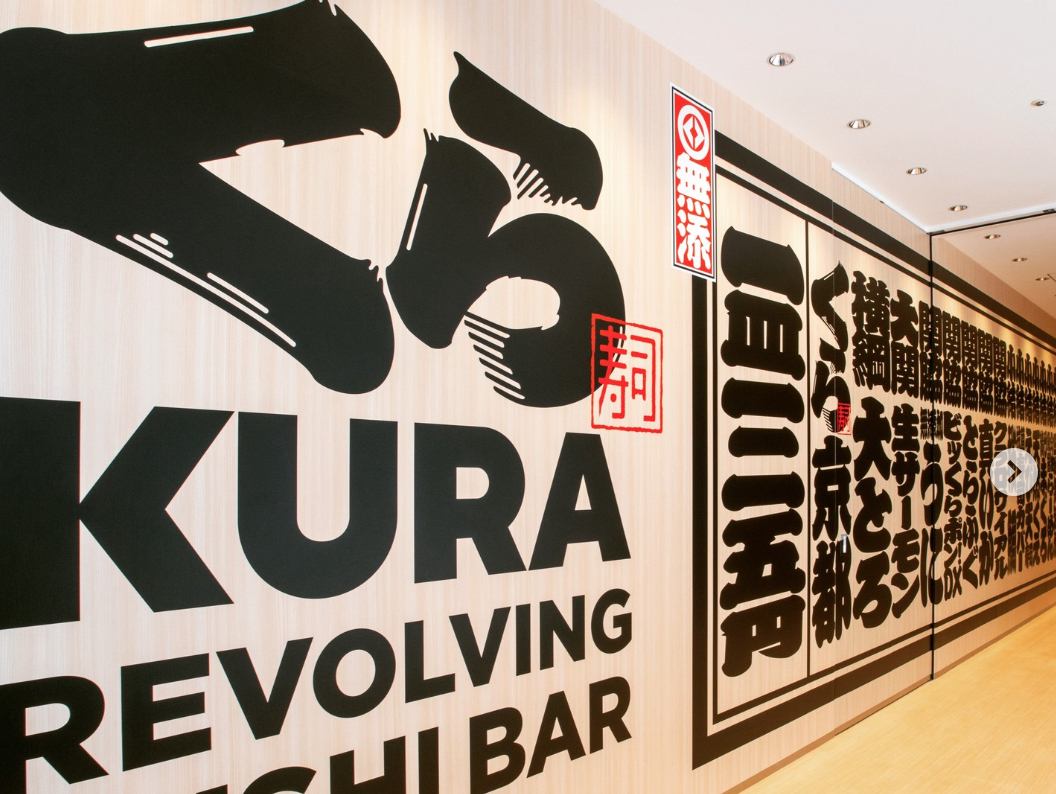
Kura Sushi Matsuyama Miyanishi Store
Sushi restaurant in Ehime [SUSHILIVE comment] -


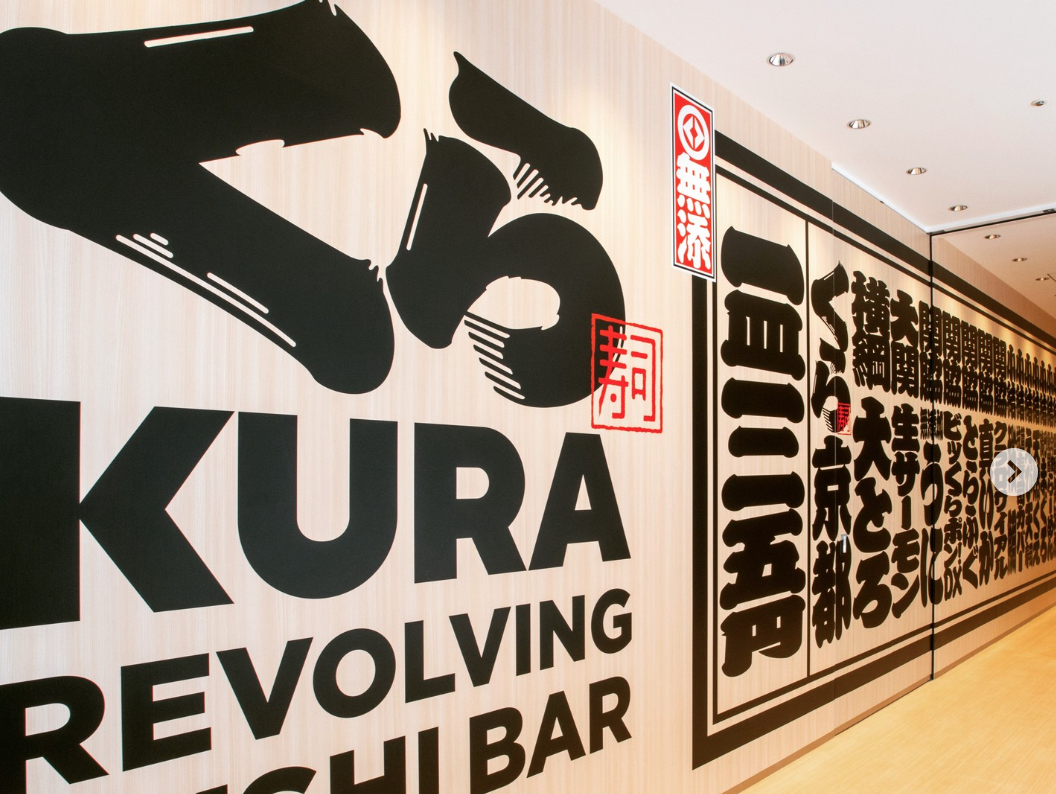
Kura Sushi Nitori Imabari
Sushi restaurant in Ehime [SUSHILIVE comment] -


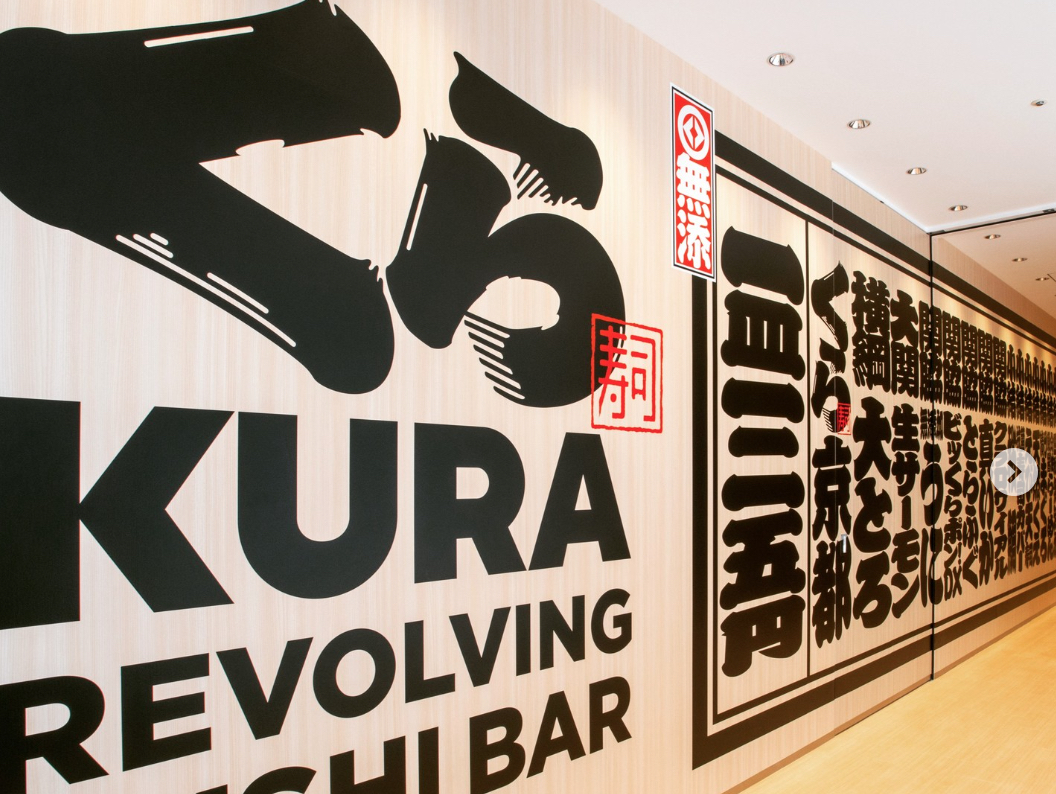
Kura Sushi Uwajima Shop
Sushi restaurant in Ehime [SUSHILIVE comment] -


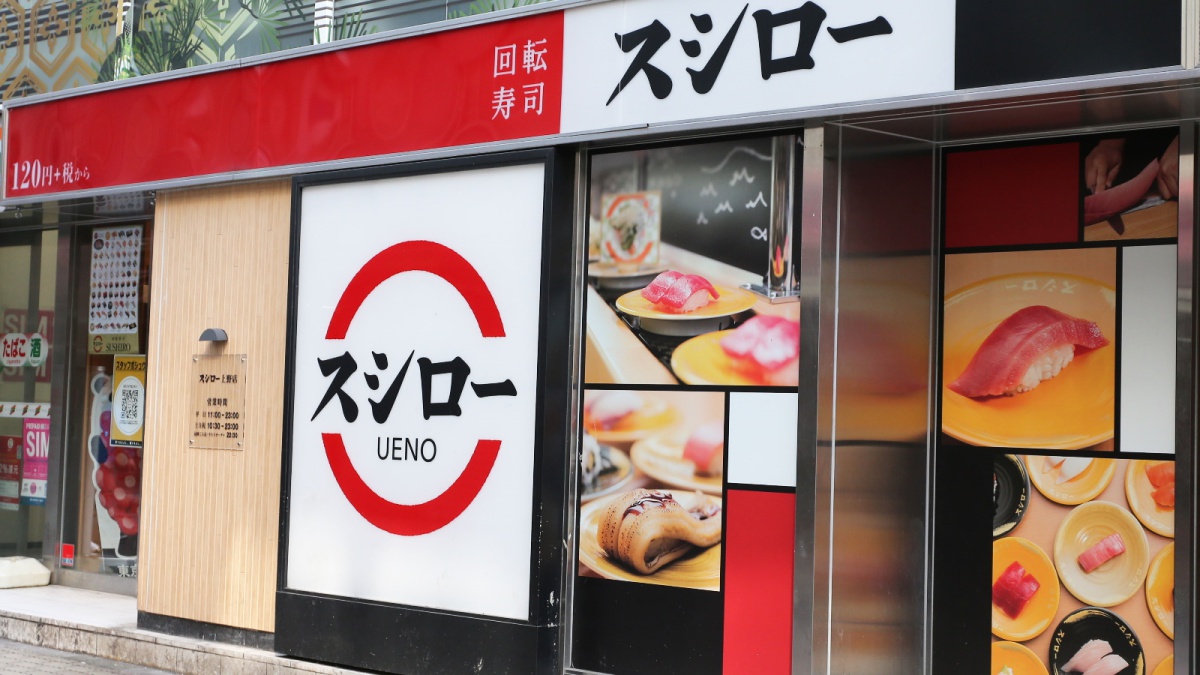
Sushiro present-day Jizhong Temple
Sushi restaurant in Ehime [SUSHILIVE comment] -


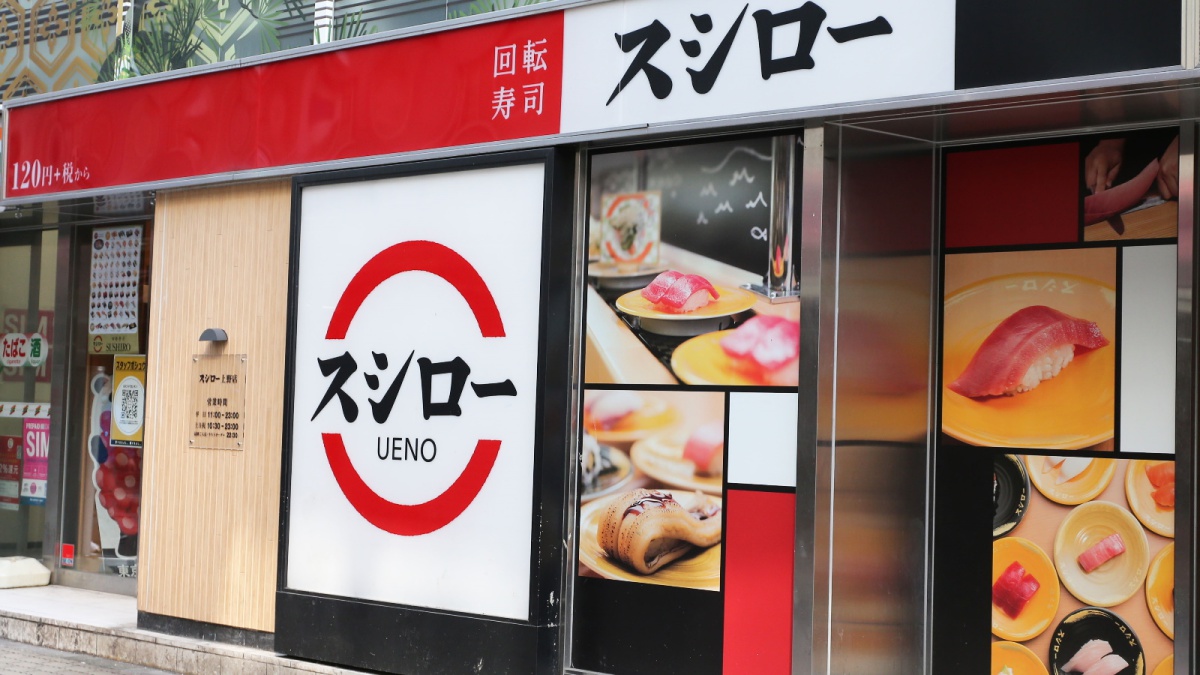
Sushiro Pine Mountain Raw Stone
Sushi restaurant in Ehime [SUSHILIVE comment] -


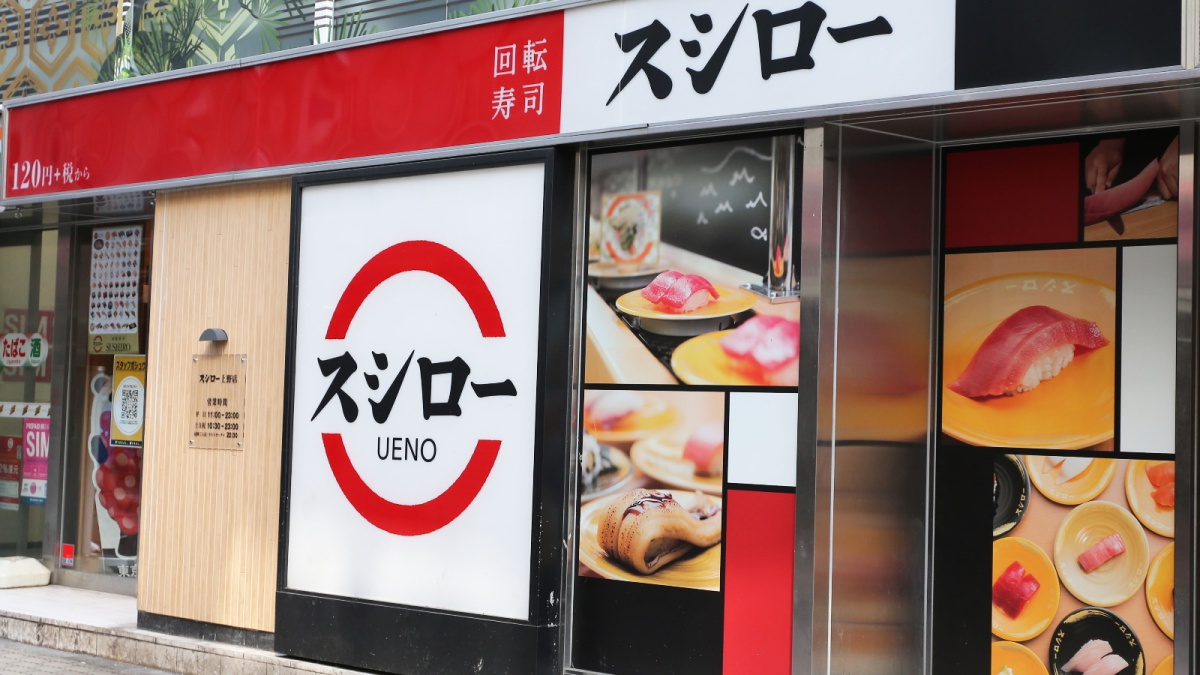
Sushiro Matsuyama Tensan, mountain in Japan
Sushi restaurant in Ehime [SUSHILIVE comment] -


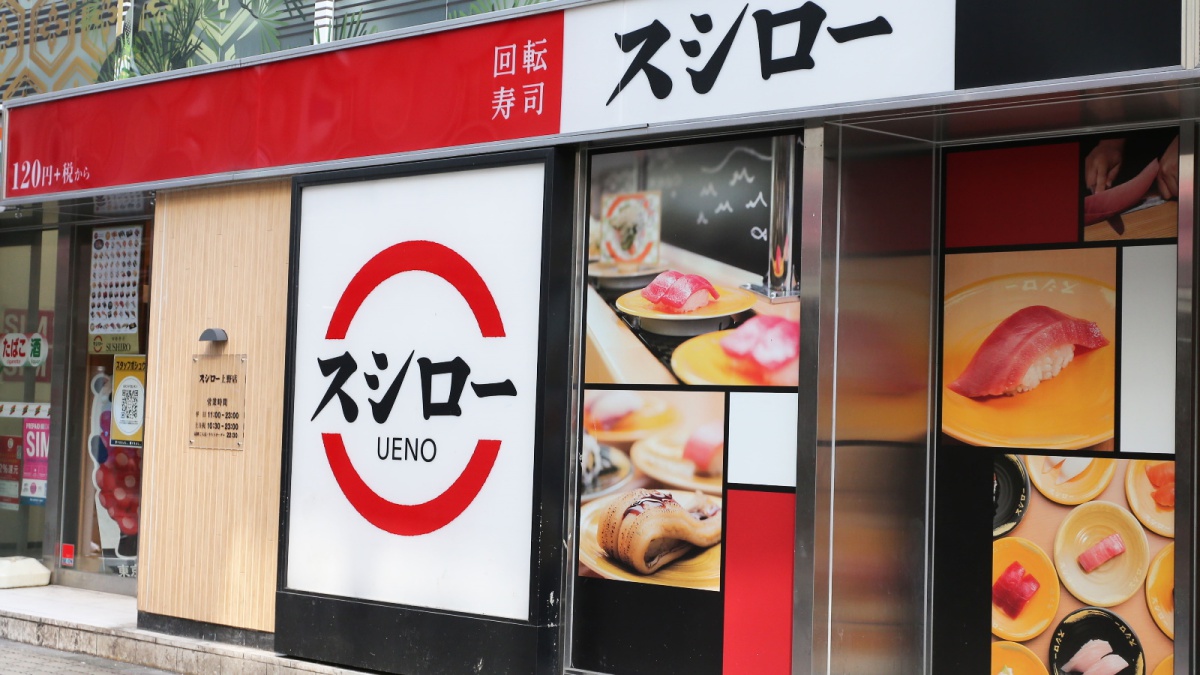
Sushiro Xinjuibang, the new town in Ningxia, on the border with Inner Mongolia
Sushi restaurant in Ehime [SUSHILIVE comment] -


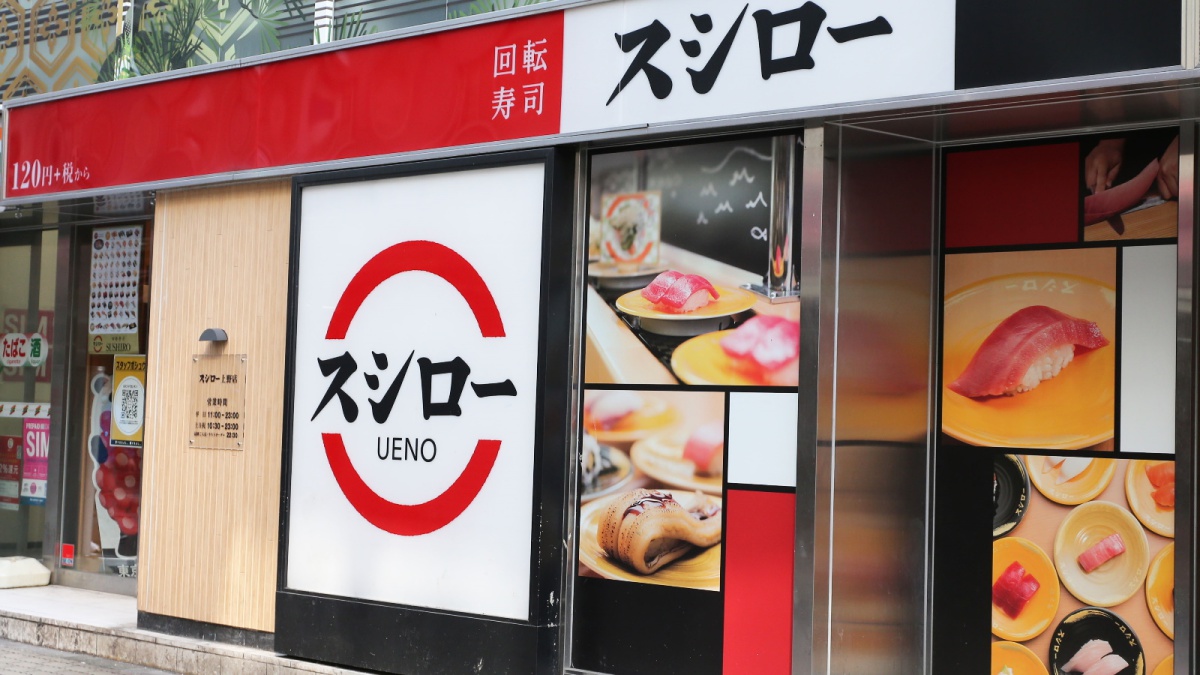
Sushiro Shikoku Central
Sushi restaurant in Ehime [SUSHILIVE comment] -


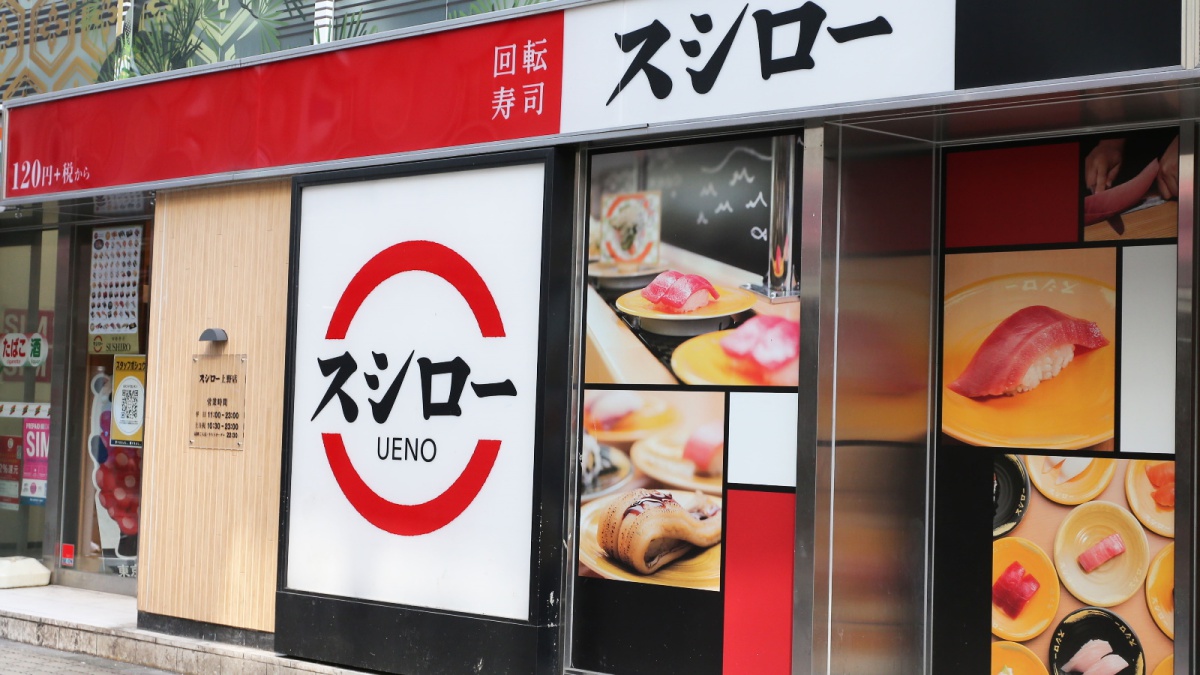
Sushiro Uwajima
Sushi restaurant in Ehime [SUSHILIVE comment] -


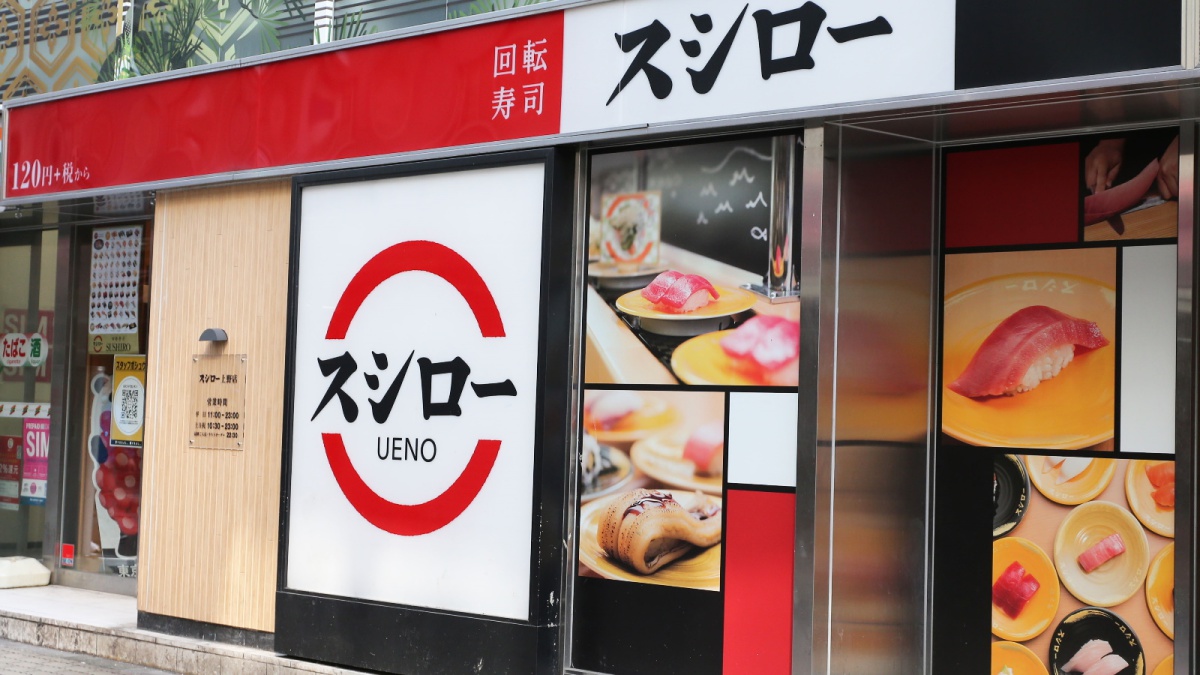
Sushiro Iyo-Matsumae
Sushi restaurant in Ehime [SUSHILIVE comment] -


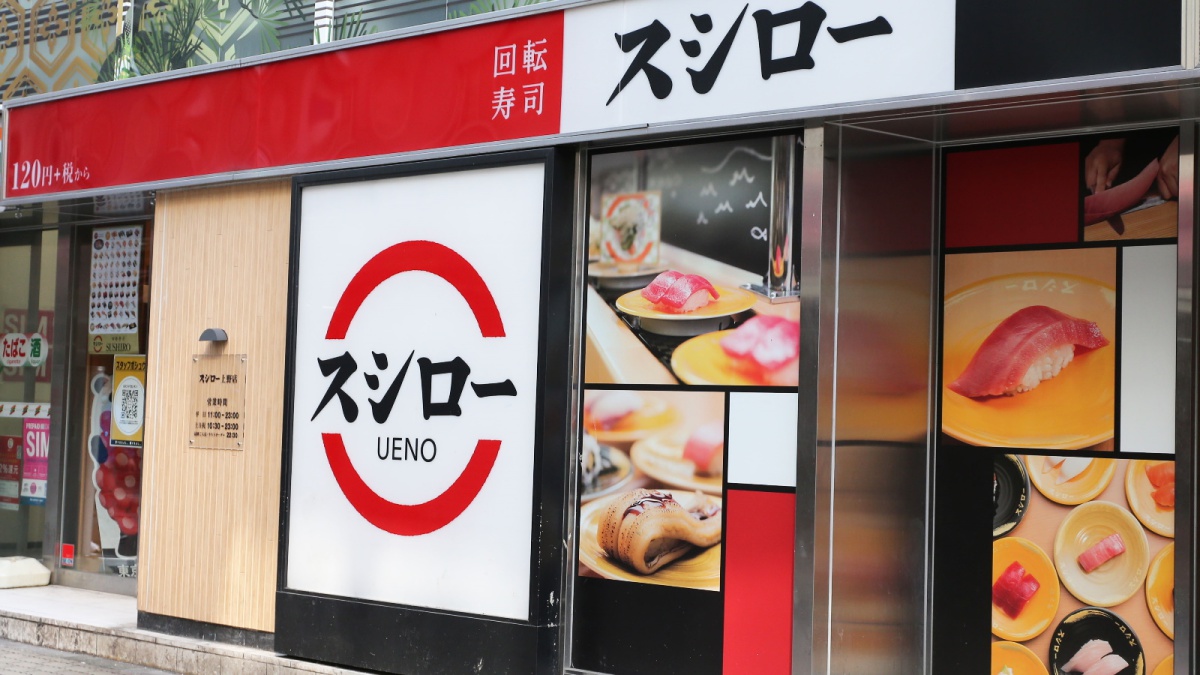
Sushiro Saijo (name)
Sushi restaurant in Ehime [SUSHILIVE comment] -


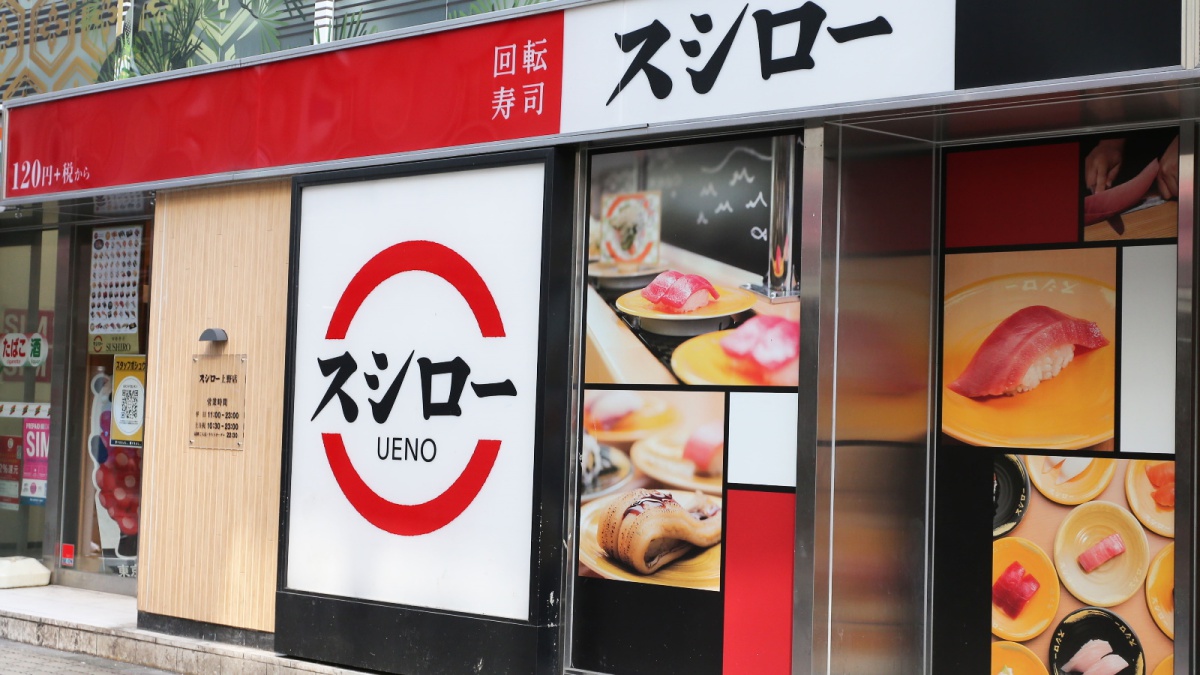
Sushiro Matsuyama, city in Japan
Sushi restaurant in Ehime [SUSHILIVE comment] -


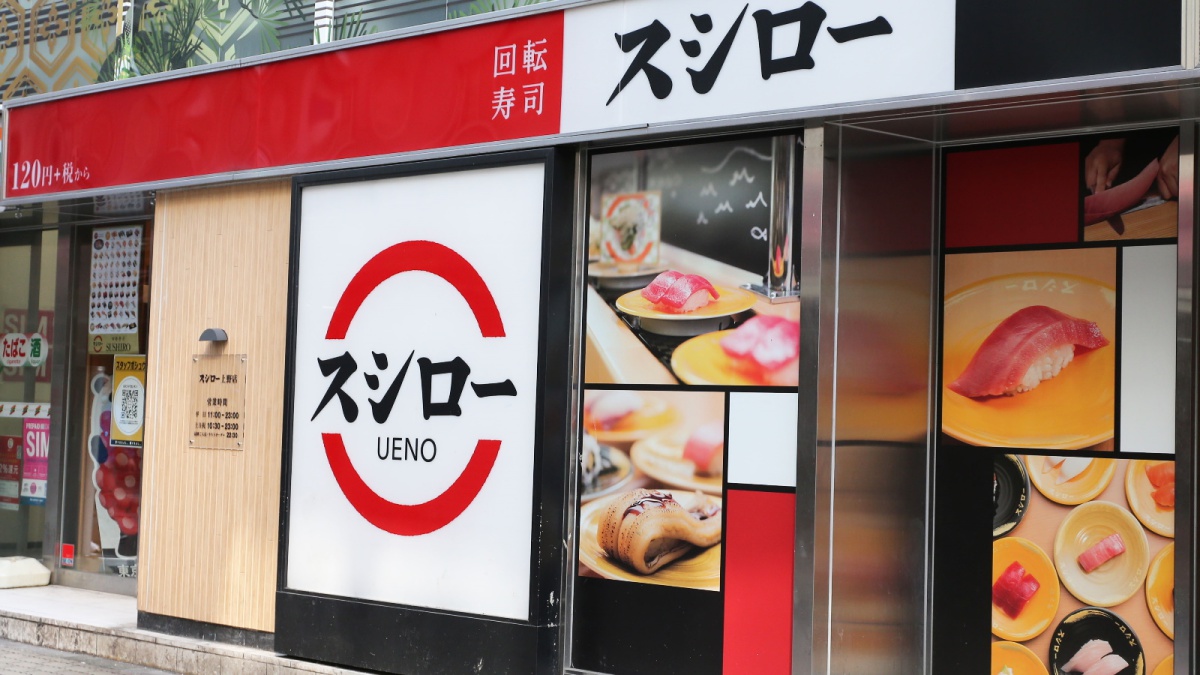
Sushiro warming east
Sushi restaurant in Ehime [SUSHILIVE comment]
Characteristics of Ehime’s Cuisine
Warm Living Surrounded by Sea and Mountains in Ehime
Ehime Prefecture is blessed with the warm sea of the Seto Inland Sea and the rich nature of the Shikoku Mountains. Its coastline is intricately complex, dotted with various islands creating beautiful landscapes. Inland, a range of mountains continues, possessing abundant forest resources.
Agriculture thrives in its warm climate, including citrus fruits such as mandarins and Iyo oranges, along with various other fruits and vegetables being cultivated. Moreover, facing the sea, the fishing industry is also active, with aquaculture of sea bream and amberjack being prominent.
In recent years, industry has developed, with manufacturing of automobiles and electronic devices being central. Tourism is also thriving, with historical tourist spots such as Dogo Onsen and Matsuyama Castle, and tourist spots utilizing beautiful nature, gathering popularity.
Thus, Ehime Prefecture is a region with socio-economic characteristics where various industries such as agriculture, fisheries, industry, and tourism have developed in balance, blessed with the sea, mountains, and a warm climate.
The Charm of Ehime, Woven by History and Climate
Ehime Prefecture, historically known as Iyo Province, is a region with rich nature and cultural history. The warm climate and the blessings of the Seto Inland Sea have sustained people’s lives since ancient times.
In mythology, Iyo Province is considered one of the lands produced by the deities Izanagi and Izanami, with its name appearing in the “Kojiki” and “Nihon Shoki”.
In ancient times, it prospered as a key point of transportation between the Kinai region and Kyushu, and under the Ritsuryo system, the Iyo Provincial Office was established. Dogo Onsen is known as the oldest hot spring in Japan, cherished by the imperial family and nobility from ancient times.
In the medieval period, powerful families such as the Kono and Uwajima clans exerted their influence, and during the Warring States period, the Murakami navy dominated the Seto Inland Sea.
In the Edo period, Matsuyama Domain was established with Matsuyama city at its center, flourishing as a castle town. Uwajima Domain developed a unique culture under the rule of the Date clan.
From the Meiji era onwards, modernization progressed, significantly developing industry and culture. Today, it is known for the production of mandarins and towels, as well as a popular tourist destination.
Ehime Prefecture’s history and climate are alive in historical buildings such as Dogo Onsen and Matsuyama Castle, landscapes like mandarin orchards and terraced fields, and in the lives of its people. It is a land with a profound charm that fascinates visitors.
A Rich Table Utilizing the Sea and Mountain Delicacies
Thanks to its warm climate and rich nature, Ehime Prefecture has developed a diverse food culture utilizing the bounty of the sea and mountains.
Sea delicacies include actively farmed sea bream and amberjack, offering dishes with fresh seafood. Uwajima sea bream, in particular, is known as a premium fish. Oysters from the warm waters of the Seto Inland Sea are plump and rich in flavor.
Mountain delicacies include not only citrus fruits such as mandarins and Iyo oranges but also various other fruits and vegetables. Wild game like boar and deer from the Shikoku Mountains also adorns Ehime’s table.
Representative local dishes of Ehime include Tai-meshi (sea bream rice), Jakoten (fried fish cake), and Mandarin orange hot pot. Tai-meshi, a rice dish packed with the flavor of sea bream, is a soul food of Ehime. Jakoten offers a crispy texture and aromatic flavor, made from minced small fish. The mandarin orange hot pot, cooked with mandarin oranges and chicken, is perfect for the cold winter season.
Thus, Ehime Prefecture boasts a rich food culture utilizing the bounty of the sea and mountains.
The Evolving Sushi Culture of Ehime
Ehime Prefecture has a long history of developing sushi culture. It is said that in the Edo period, the techniques of Edo-mae sushi were introduced by the order of the Matsuyama domain lord.
Ehime’s sushi is characterized by the use of fresh seafood from the Seto Inland Sea, especially actively farmed sea bream and amberjack, making for exquisite sushi. Also, being Japan’s number one producer of mandarins, sushi using mandarins is popular.
Each area within Ehime has its own unique sushi culture. For example, Uwajima city is famous for “Uwajima sushi,” where slices of sea bream and amberjack sashimi are placed on vinegared rice. In Matsuyama city, “Mikan sushi,” using mandarins, is popular.
When visiting Ehime, be sure to try the local sushi. You can enjoy a variety of flavors woven by history and tradition.
Tasting the Bounty of Sea and Mountains in Ehime
Ehime Prefecture, blessed with a warm climate and rich nature, produces various specialty products.
Sea delicacies include actively farmed sea bream and amberjack, with popular seafood products. Uwajima sea bream is known as a premium fish. Ehime is also famous as the birthplace of pearl cultivation, with beautiful pearls used in jewelry, representing a signature souvenir of the prefecture.
Mountain delicacies are famous for citrus fruits like mandarins and Iyo oranges. Ehime is Japan’s leading producer of mandarins, known for their strong sweetness and juicy flavor. Recently, cultivation of kiwi fruits and chestnuts has also become active.
Ehime also boasts various other specialty products, such as Iyo kasuri (a traditional textile), Imabari towels, and alcoholic beverages.
When visiting Ehime, be sure to taste the local specialty products. You can find delicious souvenirs that let you feel Ehime’s rich nature and traditions.

